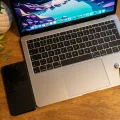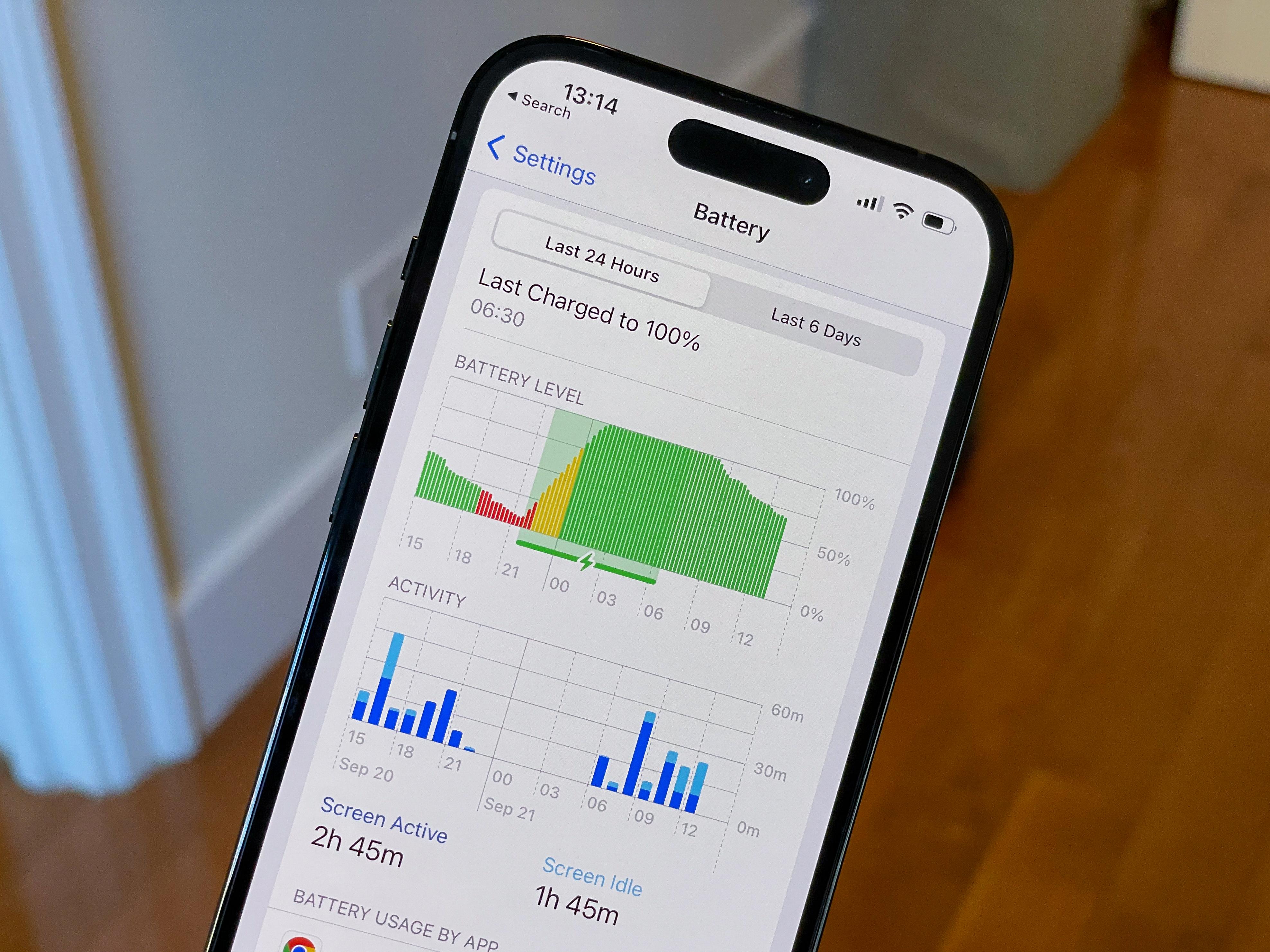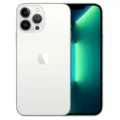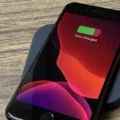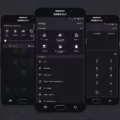When it comes to smartphone cameras, two major players dominate the market: the iPhone and Android devices. Both offer impressive camera capabilities, but there are some key differences to consider.
Let’s start with the native camera apps. While the features may have different names, like Portrait Mode on the iPhone and Live Focus on Android, both platforms offer similar functionalities. In terms of low light and macro shooting, Samsung devices tend to produce slightly better results. However, when it comes to Portrait mode, the iPhone edges out the competition.
Video quality is excellent on both iPhone and Android devices, but Samsung takes the lead with its flexibility and the ability to shoot in 8K resolution. This may be a significant selling point for those who require the highest level of video quality.
Moving on to the hardware, the iPhone boasts top-of-the-line processors like the A15 Bionic, which surpasses the Snapdragon 888 found in most Android phones. This powerful chip allows the iPhone to process and refine images quickly, resulting in high-quality shots.
While the iPhone excels in terms of processing power, Android devices offer a broader range of options. There are numerous Android models to choose from, each with its own unique camera features and specifications. This gives users the freedom to select a device that best suits their photography needs and preferences.
Ultimately, choosing between an iPhone and an Android device for camera quality depends on individual preferences and priorities. If you prioritize low light and macro shooting, Samsung devices may be the better choice. On the other hand, if you prefer Portrait mode and top-of-the-line processing power, the iPhone is a solid option.
Both the iPhone and Android devices offer impressive camera capabilities. The choice ultimately comes down to personal preferences and priorities.
Is IPhone Or Android Camera Better?
When it comes to comparing the camera quality of iPhones and Android devices, it can be a subjective matter as both platforms offer exceptional camera capabilities. However, there are a few key factors to consider when determining which one might be better for your specific needs:
1. Megapixel count: Both iPhone and Android devices have been continuously improving their camera sensors over the years. While the number of megapixels alone doesn’t determine image quality, it can contribute to capturing more detail. Some Android phones offer higher megapixel counts compared to iPhones, but it’s worth noting that iPhones have consistently delivered excellent image quality despite their lower megapixel counts.
2. Image processing: The way a smartphone processes images plays a significant role in the final result. iPhones are known for their advanced image processing algorithms, which often result in vibrant and well-balanced images. Android devices, on the other hand, provide a wider range of options for manual customization, allowing users to have more control over the final output.
3. Low-light photography: Capturing photos in low-light conditions can be a challenge for any camera. However, both iPhones and high-end Android devices have made significant advancements in this area. iPhones generally perform well in low-light situations, thanks to their software optimizations and hardware capabilities. Android devices equipped with features like Night Sight or Night Mode can also produce impressive low-light images.
4. Portrait mode and bokeh effects: Both iPhone and Android devices offer portrait modes that allow you to capture photos with a shallow depth-of-field, creating a pleasing bokeh effect. The quality of these effects can vary between devices, but both platforms have made strides in improving the accuracy and quality of their portrait modes.
5. Additional camera features: While the native camera apps on both platforms offer similar features, such as HDR, panorama, and time-lapse, Android devices often provide more customization options and manual controls. This can be beneficial for photography enthusiasts who prefer to have more control over their shots.
It’s important to note that camera quality can also vary between different models and generations of iPhones and Android devices. Therefore, it’s recommended to do some research and compare the specific camera specifications and sample images of the devices you are considering before making a decision.
Both iPhones and Android devices have excellent camera capabilities. The best choice depends on your personal preferences, the specific features you prioritize, and the level of control you desire over your photography experience.
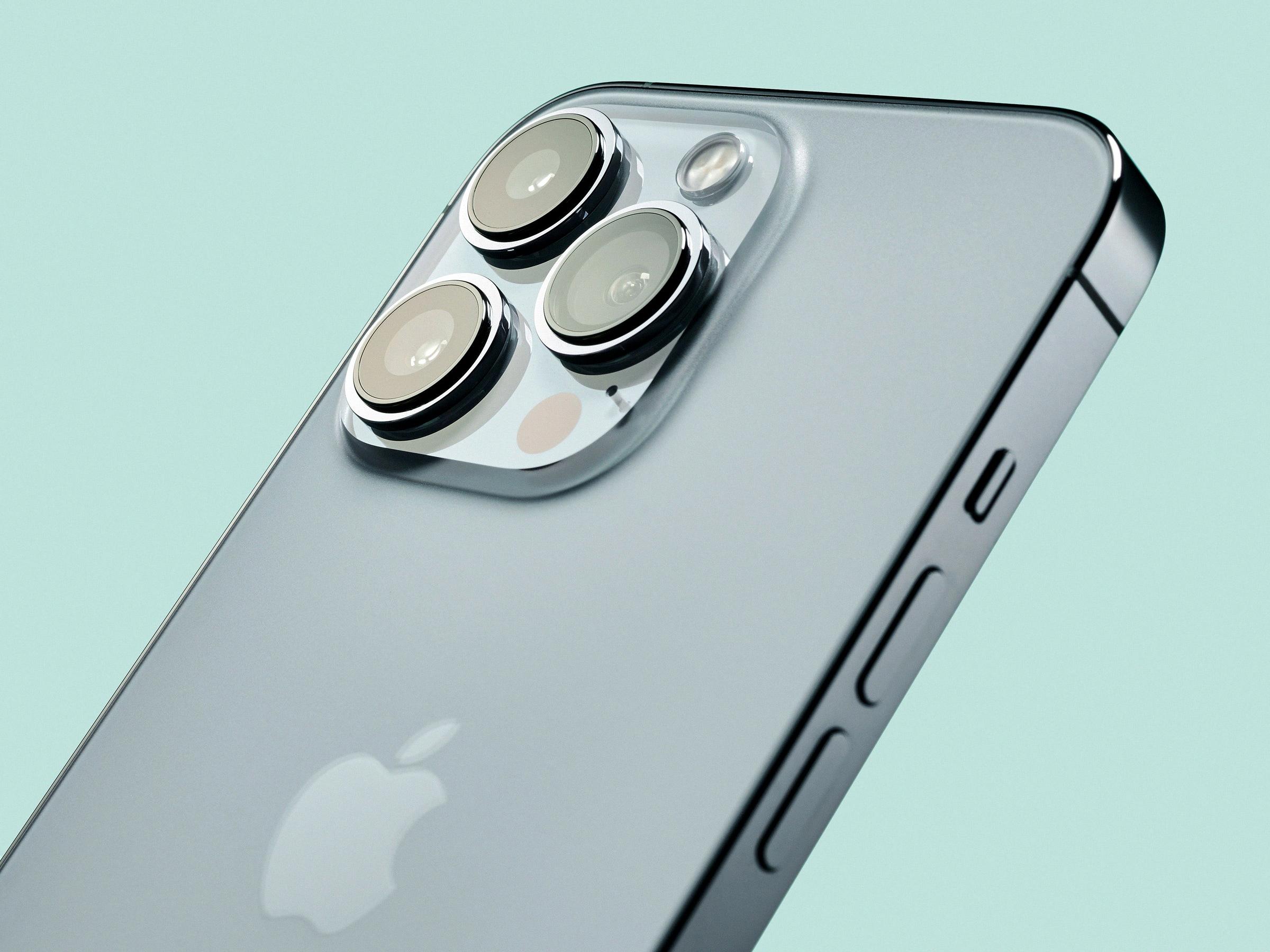
Is IPhone Camera Better Than Samsung?
When comparing the camera capabilities of the iPhone and Samsung, it’s important to consider different shooting scenarios. In low light and macro photography, the Samsung camera tends to produce slightly better results. The Samsung camera sensor performs well in low light conditions, allowing for clearer and more detailed shots. Additionally, its macro capabilities allow for close-up shots with a good level of detail and sharpness.
On the other hand, for portrait mode photography, the iPhone camera just about edges it. The iPhone’s depth-sensing technology and advanced software algorithms contribute to producing more natural-looking portraits with a pleasing background blur effect.
In terms of video quality, both the iPhone and Samsung cameras excel. However, the Samsung camera offers greater flexibility, allowing for different video shooting modes and the ability to record in 8K resolution, which can be useful for professionals or those who require extremely high-quality videos.
While the Samsung camera performs better in low light and macro shooting, the iPhone camera excels in portrait mode. Both cameras provide great video quality, but the Samsung camera offers more flexibility and the ability to shoot in 8K resolution. Ultimately, the choice between the iPhone and Samsung cameras depends on your specific needs and preferences.
Which Phone Is Best For Photos?
When it comes to choosing the best phone for photos, there are several top contenders in the market. Let’s take a closer look at some of the leading options:
1. Apple iPhone 15 Pro Max: The iPhone 15 Pro Max offers exceptional camera capabilities, including a triple-lens setup with advanced computational photography features. It delivers stunning image quality, excellent low-light performance, and impressive zoom capabilities.
2. Google Pixel 8 Pro: The Pixel 8 Pro is renowned for its exceptional camera performance. It features a powerful camera system with advanced computational photography algorithms, producing highly detailed and vibrant photos. The Night Sight mode is particularly impressive, allowing for great low-light photography.
3. Samsung Galaxy S23 Ultra: The Galaxy S23 Ultra boasts a versatile quad-camera setup, including a high-resolution primary sensor, ultra-wide lens, telephoto lens, and a dedicated macro lens. It offers excellent image quality, impressive zoom capabilities, and a range of camera features to enhance your photography experience.
4. Google Pixel 7a: The Pixel 7a is an affordable option that doesn’t compromise on camera performance. It features Google’s renowned computational photography technology, offering excellent image quality, especially in challenging lighting conditions. It also includes features like Night Sight and Portrait Mode.
5. Apple iPhone 15: The iPhone 15 is another excellent choice for photography enthusiasts. It features a dual-camera system with advanced image processing capabilities, delivering outstanding image quality. The addition of Night mode and Deep Fusion technology further enhances low-light photography.
6. Samsung Galaxy Z Fold 5: The Galaxy Z Fold 5 combines the versatility of a smartphone and a tablet, offering a unique camera experience. It features a triple-lens setup, including a telephoto lens with optical zoom capabilities, producing high-quality photos. The large foldable display provides a great viewfinder for capturing and reviewing your shots.
The Apple iPhone 15 Pro Max, Google Pixel 8 Pro, and Samsung Galaxy S23 Ultra are some of the top contenders for the best camera phone. However, the Google Pixel 7a, Apple iPhone 15, and Samsung Galaxy Z Fold 5 also offer excellent camera performance and are worth considering based on your budget and preferences.
Why IPhone Video Is Better Than Android?
The iPhone offers superior video quality compared to Android devices due to several key factors:
1. Advanced Camera Technology: iPhones are equipped with high-quality cameras and advanced image processing capabilities. The combination of hardware and software optimization ensures that videos recorded on an iPhone have excellent clarity, vibrant colors, and accurate details.
2. Optical Image Stabilization: Many iPhone models feature optical image stabilization, which helps to reduce camera shake and produce smoother, more stable videos. This feature is particularly useful when shooting handheld or in low-light conditions, resulting in professional-looking footage.
3. Powerful Video Processing: iPhones are powered by powerful processors like the A15 Bionic, which excel at handling resource-intensive tasks like video processing. This enables iPhones to capture and process videos with exceptional speed and efficiency, resulting in smoother playback and better overall video quality.
4. High Dynamic Range (HDR): iPhones support HDR video recording, allowing for a wider range of colors and improved contrast in videos. HDR technology enhances the visual experience by capturing more details in both bright and dark areas, resulting in stunningly lifelike videos.
5. Advanced Video Editing Tools: iPhones come with a robust set of built-in video editing tools through the iMovie app. This allows users to easily edit and enhance their videos right on their device, adding professional touches like transitions, filters, and music.
6. Seamless Integration with Apple Ecosystem: iPhones seamlessly integrate with other Apple devices and services, offering a cohesive ecosystem for capturing, editing, and sharing videos. This integration allows for effortless transfer of videos between devices and facilitates quick sharing on platforms like iCloud, iMessage, and social media.
7. Continuous Software Updates: Apple provides regular software updates to its iPhone lineup, ensuring that users benefit from the latest improvements in video recording and processing. These updates often introduce new features, enhanced video capabilities, and improved overall performance.
The combination of advanced camera technology, powerful processors, advanced video processing, and seamless integration with the Apple ecosystem makes iPhone video quality superior to that of Android devices.
Conclusion
When comparing the camera capabilities of iPhones and Android devices, both offer impressive features and produce high-quality images. The choice between the two ultimately depends on personal preferences and specific needs.
The iPhone excels in Portrait mode, delivering stunning depth-of-field effects and accurate subject isolation. Its image processing capabilities, powered by the A15 Bionic chip, allow for refined and enhanced photos. Additionally, the iPhone’s video quality is excellent, although it may lack the flexibility and 8K recording option found in some Android models.
On the other hand, Android devices, particularly those from Samsung, excel in low-light and macro photography. They often produce slightly better results in challenging lighting conditions and offer a wider range of shooting options. The Samsung Galaxy S23 Ultra, for example, boasts an impressive 8K video recording capability.
Ultimately, both iPhones and Android devices have their strengths and weaknesses in terms of camera performance. It’s important to consider factors such as personal shooting preferences, specific photography needs, and overall device features when making a decision.

